 Cross-Posted from Christopher Meeks’ blog on Red Room.
Cross-Posted from Christopher Meeks’ blog on Red Room.
Last night I attended a panel at USC entitled “The Changing Face of Publication,” hosted by one of my favorite novelists, Gina Nahai (Cry of the Peacock). The five panelists, with five different jobs and all deeply involved in publishing, offered a view on how publishing is done now and where the industry is and is not going.
The latter was the most important, which, to authors reading this, may change your view of what you can expect in 2009. It certainly sobered my expectations in publishing. From my own viewpoint as a micropublisher–White Whisker Books is a company I started four books and four years ago–I have a firmer grasp of the forces against me. My recently published novel, The Brightest Moon of the Century, swims in the sea that was the subject of last night’s talk.
The evening began with Pat Walsh, editor-in-chief at the small and well-regarded San Francisco publishing house MacAdam Cage, saying, “The industry is changing but we don’t fully know how. Will ebooks and the Kindle make a huge change in things? So far, not much, but the good news is that there will always be a market for great writers.”
His company publishes Audrey Niffenegger’s The Time Traveler’s Wife and Gina Nahai’s recent novel Caspian Rain.
Later in the night, he delivered a set of sentences that smashed my hopes against the asphalt. With digital printing allowing for books to be printed on demand, and such companies as iUniverse, Lulu, and AuthorHouse bringing tens of thousands of first-time authors into print, I’ve had the notion that publishing may radically change in the way the music industry has. Not so.
Walsh said, “Self-publishing will not bring you literary success. Books are still a brick-and-mortar industry. That is, books are still mostly sold out of stores. There are too many books, so why should a book reviewer review a book not in a bookstore?”
Louisa Ermelino, who is Publisher Weekly’s director of reviews, said, “You can’t self-publish and go through normal channels. Publisher’s Weekly doesn’t review self-published books. We can only review one in ten books from publishers as it is. There are too many books. We are sent a thousand books a week for possible review. Each week, we review one hundred.”
What most self-publishers don’t realize is one must launch a book much like movies are done–with months of marketing done in advance of a publication date. Ideally, one gets a review in one of the influential publishing industry journals, most notably Publisher’s Weekly and Kirkus Reviews, which booksellers pay attention to. Librarians read Booklist and Library Journal. None of them review self-published books.
With 200,000 new books listed in Books in Print annually, that’s more than enough titles to cover. Add another 100,000 self-published titles, and you get a sense why the odds are against you. I wrote about this in reference to bookstores versus the Internet earlier in a blog here.
Yet Walsh did mention the unique phenomenon of Chicken Soup for the Soul, which started out as self-published. It’s certainly been promoted by one of its co-authors, Jack Canfield, and the entire series has sold 115 million books. If one wants to learn about marketing, go to Jack Canfield–but that’s a whole other article. Walsh said, “Chicken Soup for the Soul is nonfiction. If you’re a fiction writer, there is no similar paradigm.”
There were several hopeful messages in the evening, however. Suzanne Wickham, director of publicity at HarperOne, a division of HarperCollins, said, “What’s new are the blogs, particularly literary blogs. You have to get creative about marketing, and to be seen in the blogs is a good start.”
The Brightest Moon of the Century has been reviewed in almost twenty blogs so far, many of them well-known such as Caribousmom, BookGeeks, The Booklady’s Blog, and She’s Too Fond of Books. Every blog I’m proud of because they’ve found inspiration in my writing and, through experiencing the life of my protagonist, sense that there’s hope in this world. I spent ten years honing this novel.
Book agent Barbara Lowenstein, whose agency in New York is well-known, said that despite economic turmoil, publishers still look for new authors. In particular, they love authors who “have a platform,” meaning that if you’re a fiction writer, your work has been in literary journals, as mine has, and bloggers write about your work favorably.
Eli Horowitz, managing editor at McSweeney’s, one of the top literary journals and best known for its cutting-edge graphic design, said that authors should “Make friends with independent bookstore owners. They can have a big voice in bringing new authors to light.” In Los Angeles, that means go to Book Soup, Skylight Books, and Vroman’s.
Louisa Ermelino of Publisher’s Weekly added, “As in the past, it’s who you know. If you have the time, passion, and will, you get to know people. You have to do it.” That includes, as I surmised, going to panels like this one. For those of you in Los Angeles, the Los Angeles Times Festival of Books is this weekend, and the festival has many panels. Go to some and introduce yourself afterwards if you can. In fact, all the panelists mentioned here will be on panels there.
Gina asked the panelists what is success for a fiction writer these days, especially a first-time novelist? Ermelino said that a $50,000 advance is great. Agent Barbara Lowenstein said she’s happy if she can get a new client $35,000. Pat Walsh of MacAdam Cage said those figures are the high end of the spectrum for what his company offers. A ten-to-twenty thousand dollar advance is more typical.
Eli Horowitz said that McSweeney’s also publishes books, and its model has recently been a buzz in the publishing world–because they don’t lose money. McSweeney’s first tries to figure how many books it can sell of a title. Two thousand copies is a good seller. Eight thousand copies is a runaway best seller for the company. A mere six hundred copies isn’t unheard of. Thus, they give an author an advance of one dollar per book that they will print in a first run. Thus, if they print three thousand copies, they’ll give the author $3000 in advance. Once the advance has been earned back, McSweeney’s splits profits 50/50 with the author.
This gives me insight into what a self-published fiction writer might consider as success. As I wrote in an article a couple of years ago, most self-published books sell no more than fifty to a hundred copies–mainly to friends and family. Thus, selling six hundred copies of a novel is a success. Two thousand is astounding.
Nonfiction books tend to be more successfully self-published because there is often a solid and newsworthy angle. If you have a book about how to fish for trout, for instance, you can appeal to everyone who fishes. You can sell at fishing conventions, at bait shops, on fishing blogs and more.
It’s different with fiction, even with books published by notable companies. What’s the angle to sell? Still, I’m hoping The Brightest Moon of the Century finds people who, struggling in love or career, find by reading and being amused by my poor Edward a reason to hang on.
One last intriguing topic came up for me, and that’s a new publisher called Two Dollar Radio. It’s a micropublisher, too, running out of a home in Ohio. They’ve attracted a number of first-time authors who come to them through blind submissions now that they’re known for publishing bold literary fiction. You can read a Publisher’s Weekly article on the company here.
The fact that the industry is focused on what this tiny company does struck me as important, so I asked why is Two Dollar Radio a big deal and self-publishers are not? Pat Walsh said, “Because they are publishers, not self-publishing.”
That’s interesting.
They all gave last words of advice for new and old authors now publishing. The thrust of it was that today’s authors have to be marketers. You can’t just write books and hope your publisher will do it all. Specifically:
- Build a platform by getting to know your local booksellers. These are the people who you hope will sell your books.
- Get to know other writers. An author/book reviewer I know, Carolyn See, makes a habit of writing to at least one author a day.
- Get blurbs from other writers for jacket quotes.
- Court book reviewers or editors if you can.
- Write book reviews for a place you want to be reviewed. When your next book comes out, that place will likely review you.
- Print reviewers give a preference to hardback books because those are bigger deals. If your book comes out in paperback first, make sure you let the reviewers know it’s a paperback original. Otherwise they don’t even think about reviewing it.
“So much about this business is luck,” said Pat Walsh. “When we try to analyze how our best books became successful, so much is happenstance. We’ve had books that get twenty to thirty truly great reviews, ‘critical acclaim,’ and they only sell 1600 copies.
“Scott Turow’s wife happened to give him The Time Traveler’s Wife, which he read on the plane. Within an hour after finishing it, Turow was asked by the Today Show for a book to recommend for its book club, and he said, The Time Traveler’s Wife. You can’t plan for such things. It’s often about luck.”
Good luck to you.
Read Part Two of “The Changing Face of Publication.” Daniel Will-Harris responds with an informative post:
That’s how it is TODAY. But we also see that newspapers are folding. Publisher’s Weekly is interested in booksellers (and librarians) because THEY ARE THEIR SUBSCRIBERS!
Of course they don’t care about your book if it isn’t in a store. And independent bookstores are a quickly dying breed. There are the chains (and fewer than there use to be, remember B. Dalton? Waldenbooks?) and there are a few local stores run by booklovers. How many books do the indies really move? They are for bibliophiles, which is wonderful, but they aren’t mass market.
Do you know the biggest booksellers in the country now: WalMart and Costco. The publisher of my friend’s book had to present the books and covers to those two giant chains. They had to approve it or it was back to the drawing board. Are those stores bookstores? Um, no. Do you get in through Publisher’s weekly? Not necessarily.
Also, notice the name: PUBLISHERS weekly. Not authors. That’s the key. They don’t care about authors, even authors who are self-publishers.
Get an Editorial Review | Get Amazon Sales & Reviews | Get Edited | Publish Your Book | Enter the SPR Book Awards | Other Marketing Services


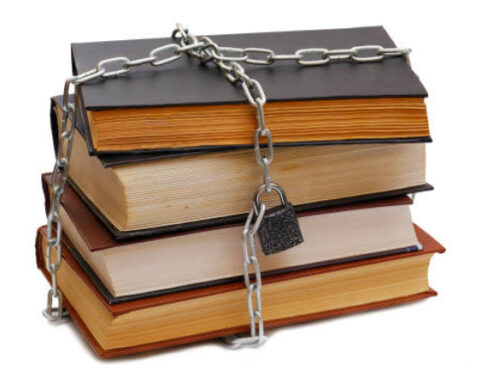
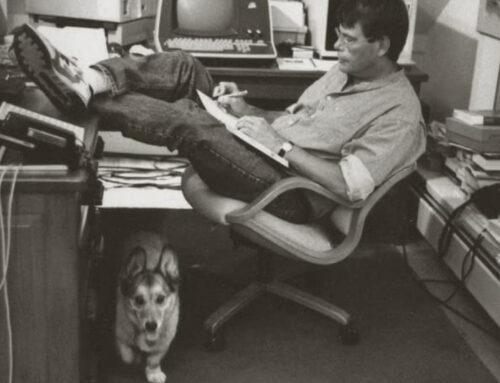




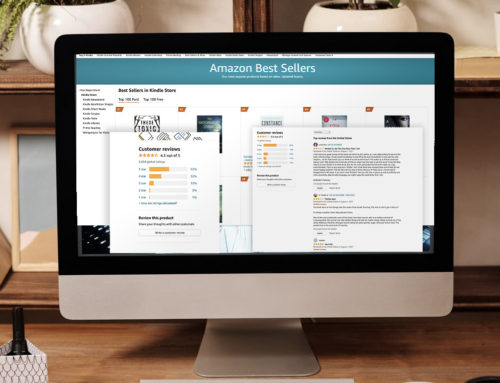




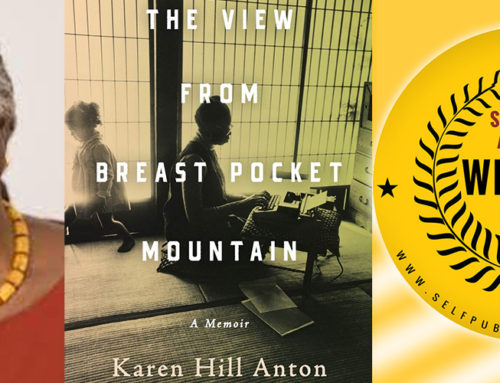
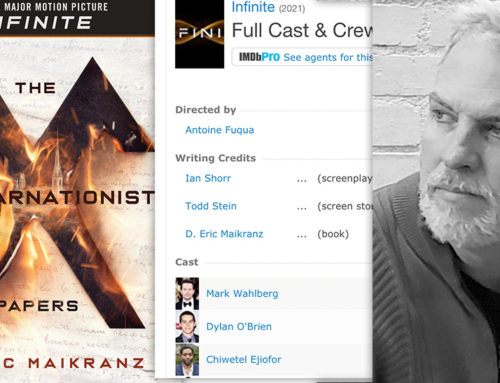







Leave A Comment